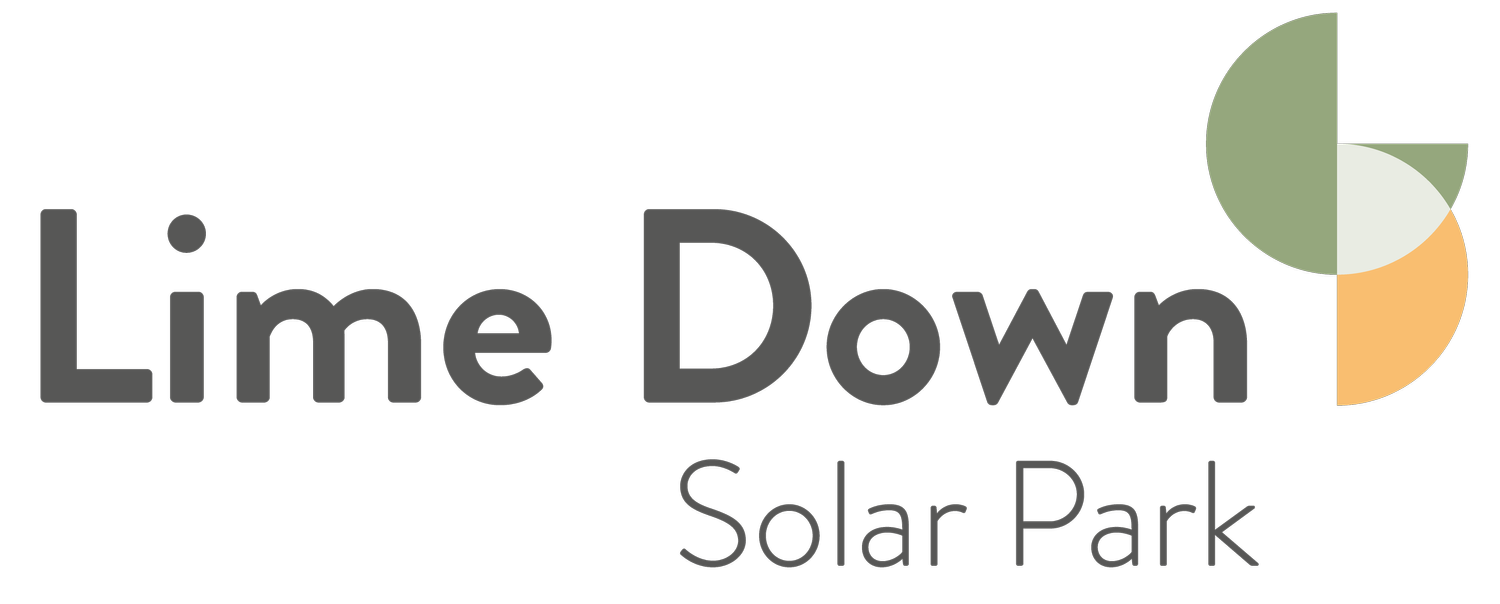
The Project
Design Principles
We have developed a series of design principles to use as a framework for refining the ongoing development of the Project. These principles are based on the requirements of national and local planning policy, the specific characteristics and features of the site and the feedback received from the public during our initial phase of consultation.
These principles allow us to maximise the outcomes and value that the Project provides, deliver benefits to communities and control any adverse effects on the local environment throughout the lifecycle of the Project – from construction through to operation, maintenance and decommissioning.
| Landscape led design | The design will be ‘Landscape Led,’ meaning we will work to protect the intrinsic character and beauty of the surrounding countryside and enhance the landscape through design – appropriately screening and siting infrastructure to minimise effects. |
| Mitigation hierarchy | We will follow the mitigation hierarchy, meaning our main goal will be to avoid impacts to sensitive receptors wherever we can. Where impacts can’t be avoided, they will be minimised, remedied and compensated for. |
| Net gain | We will deliver more than 10 per cent net gain for biodiversity by creating and enhancing habitats for local wildlife and managing grassland to maximise ecological value. |
| Flexibility, resilient resources, climate change | We will keep the design flexible to allow it to adapt over time to new technological advancements and a changing climate, including building-in Project resilience against extreme weather events. |
| Site layout design | The layout of the Project will be designed to minimise, wherever possible, impacts to local communities during construction, operation, and decommissioning. |
| The water environment | Our Project design will make sure the risk of flooding is not increased anywhere else. We will also ensure the Project itself is resilient to current and future flooding risks. |
| Heritage | We will include setbacks, buffers and screening in appropriate locations to minimise harm to heritage assets and their setting. Where archaeological assets have been identified, our design will seek to avoid them. |
| Land use | We will be sensitive to existing land uses wherever possible and maximise opportunities to strengthen and reinforce existing green infrastructure (natural / environmental areas) and blue infrastructure (water bodies / features). This includes measures such as connecting isolated trees and filling in hedgerows. |
| Recreation and access | We aim to limit impacts on public rights of way, local recreation and access as much as we can. We are exploring the improvement of walking routes, footpath networks and permissive paths, along with enhancement measures for walkers, cyclists and horse riders. |
